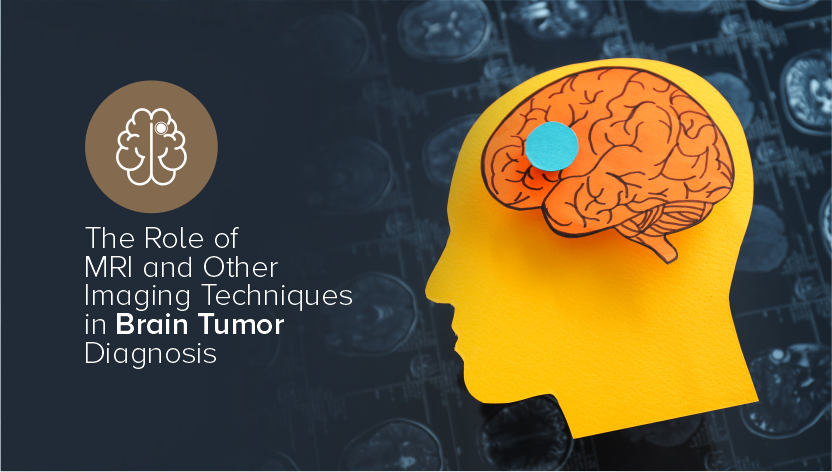It's mind-boggling how much the world of medical diagnostics has evolved, especially when it comes to those silent invaders we call brain tumors. For anyone faced with the daunting task of diagnosing such conditions, imaging techniques, particularly MRI, have become invaluable allies.
